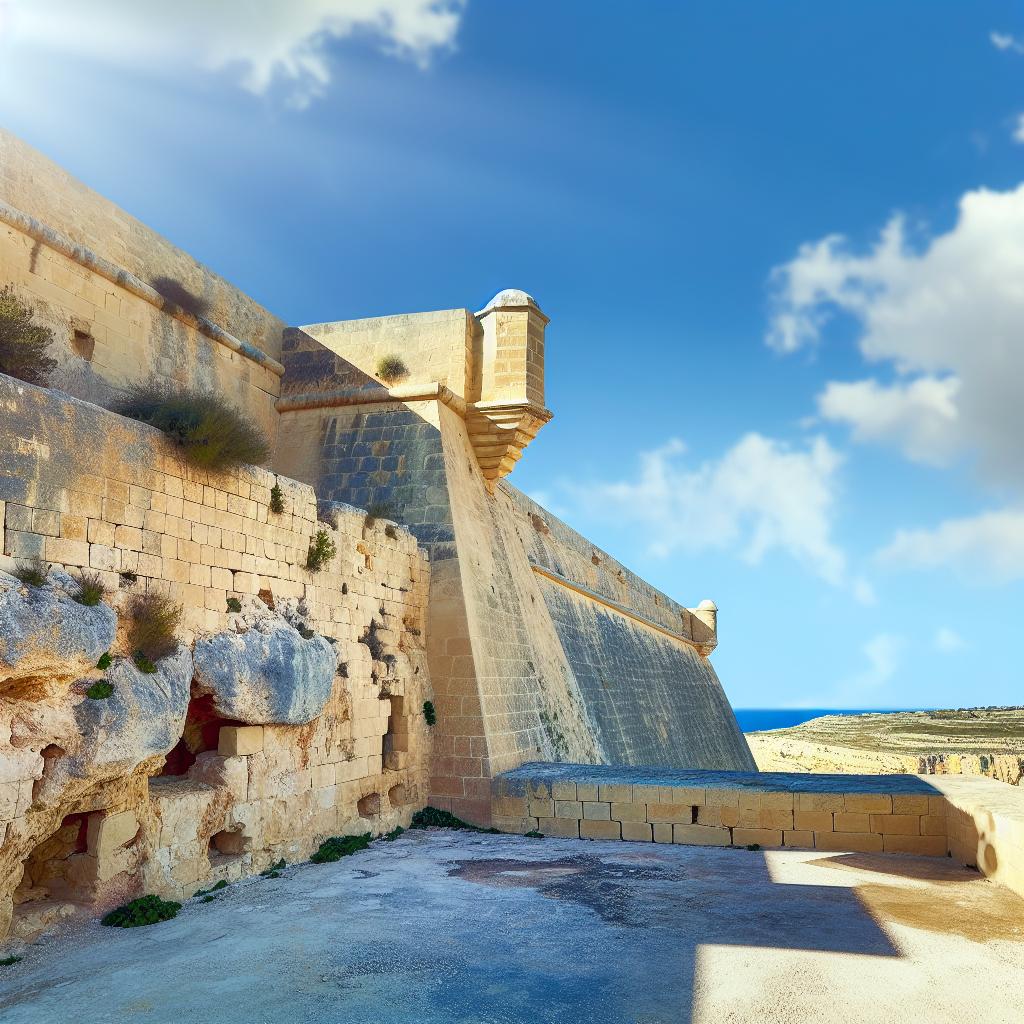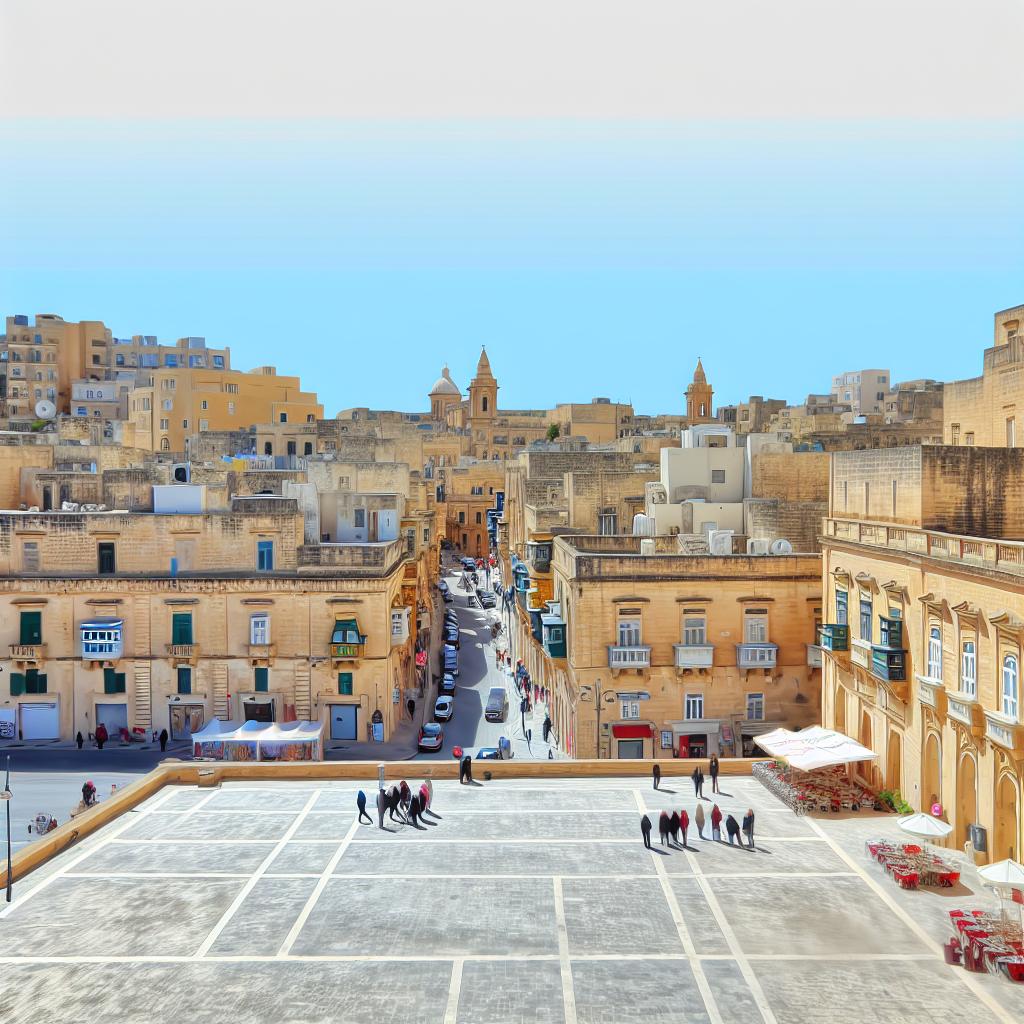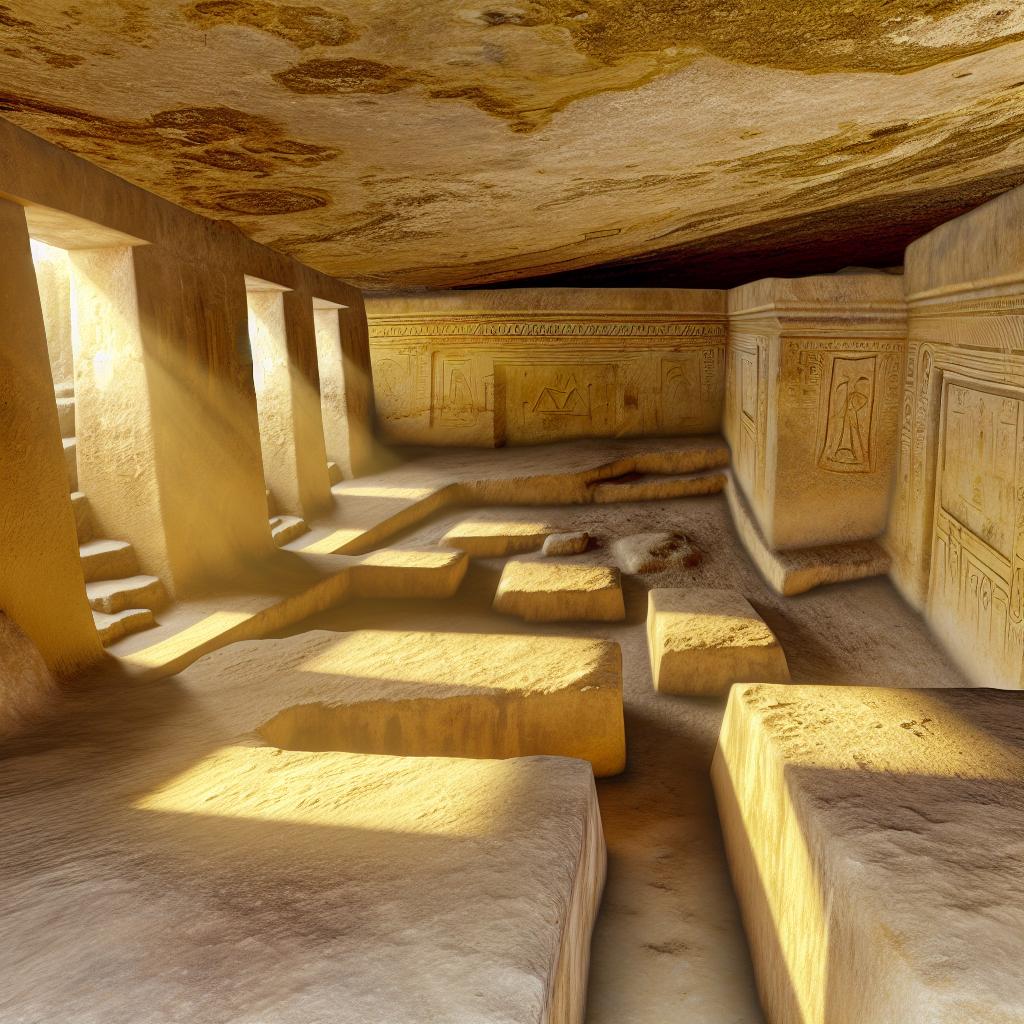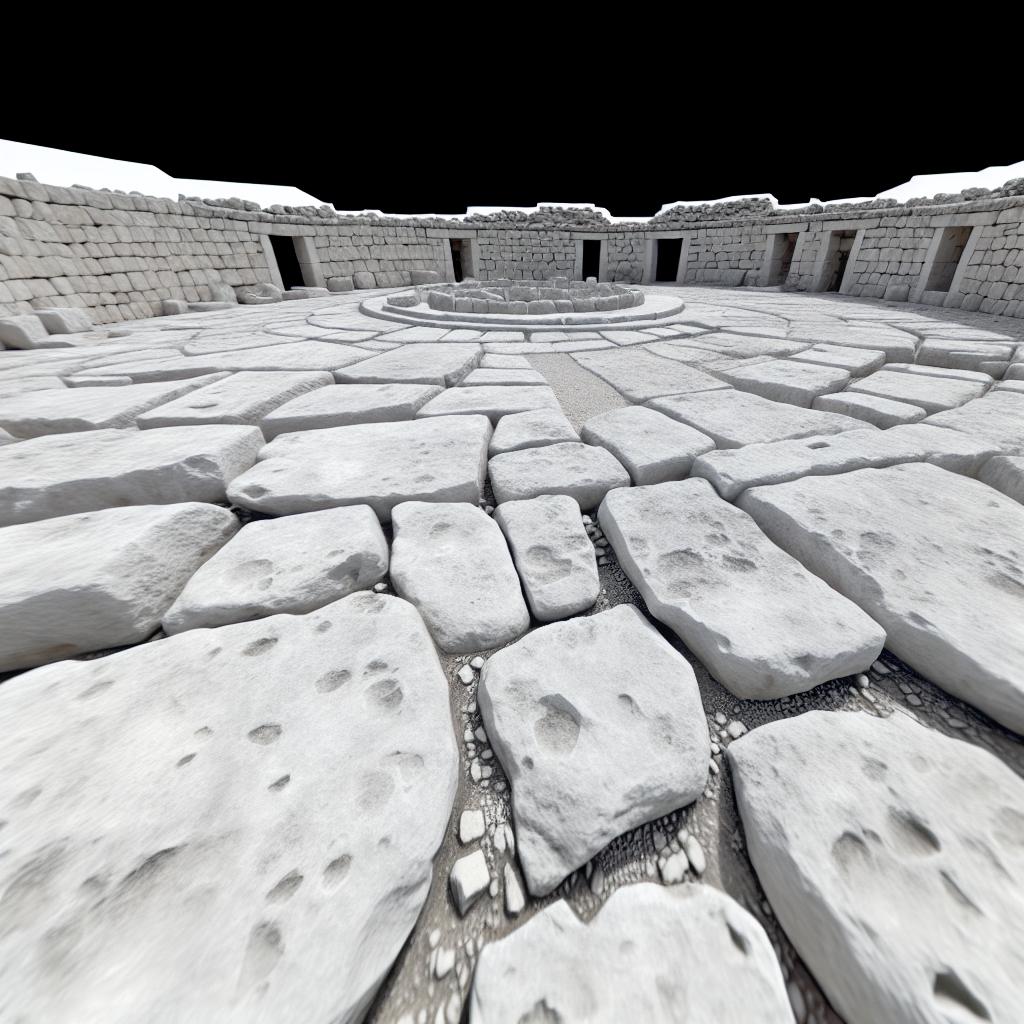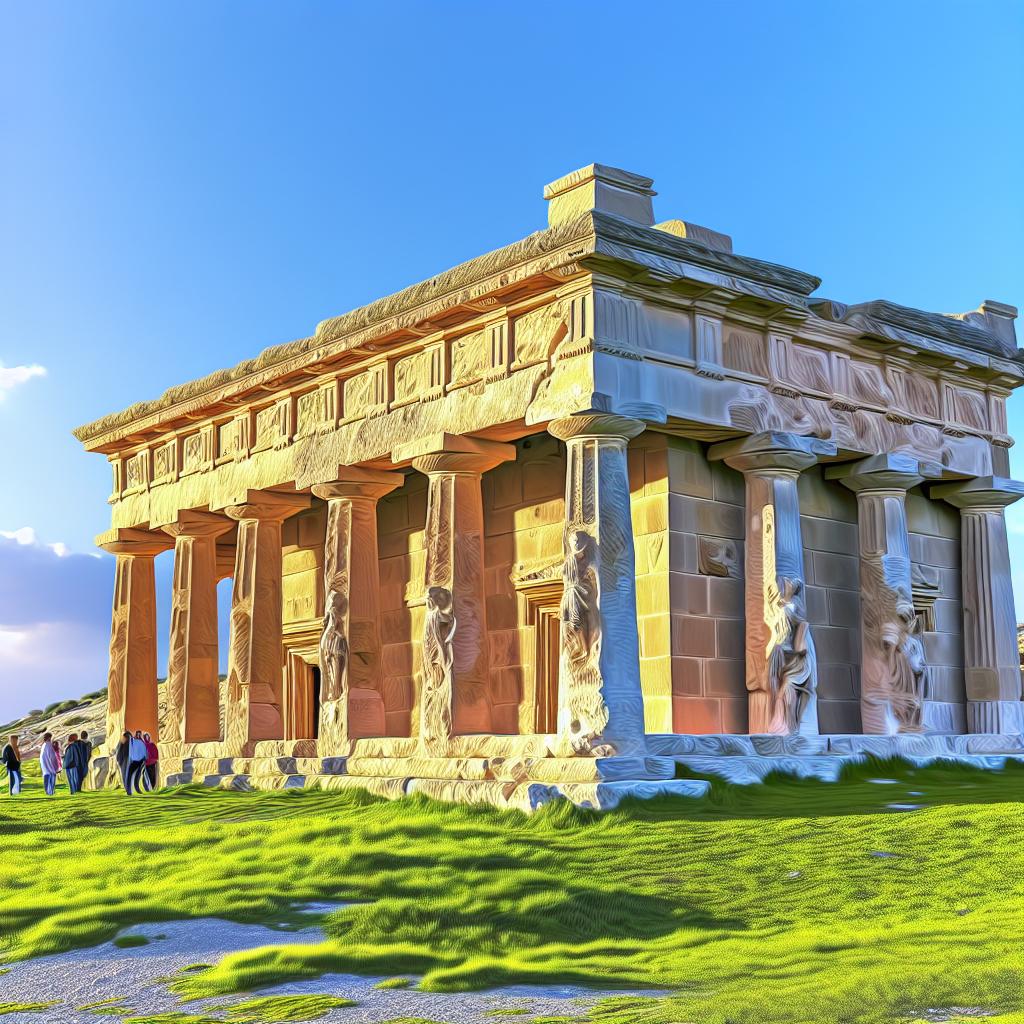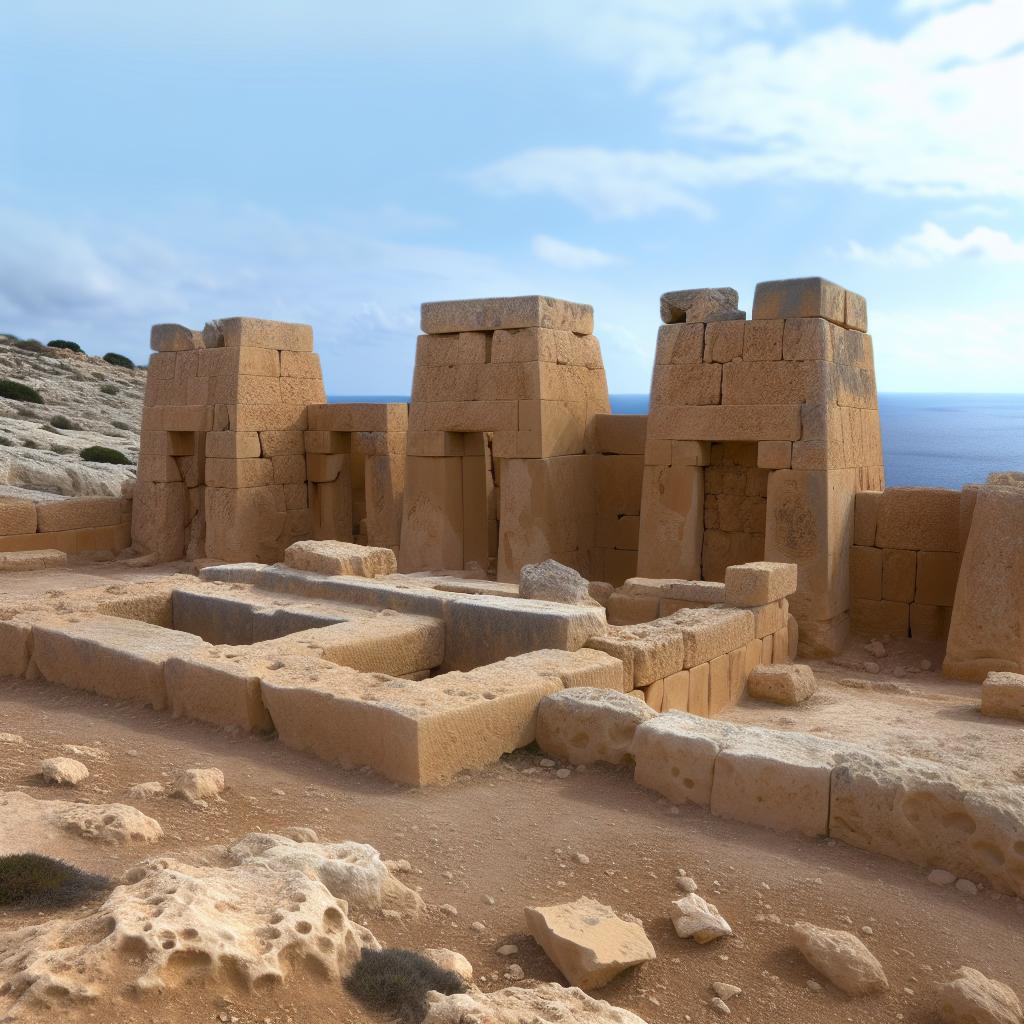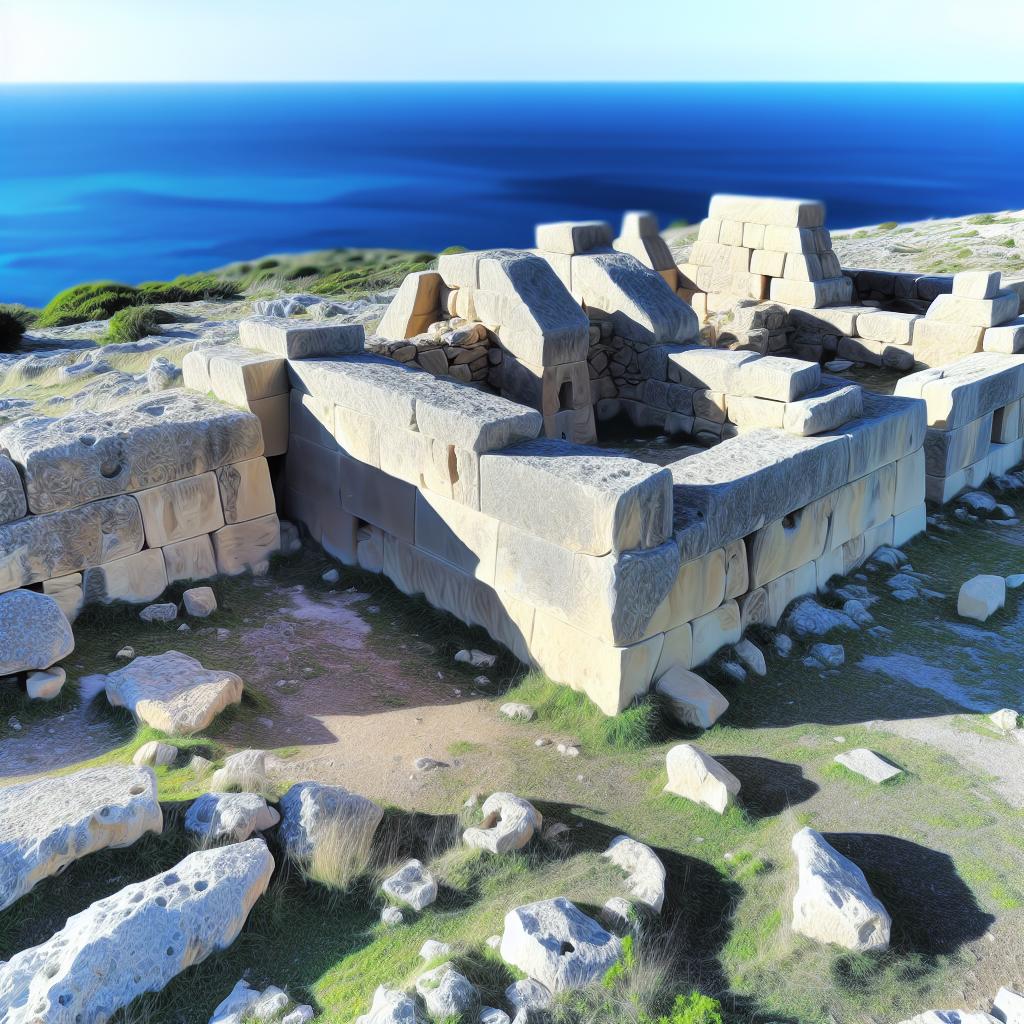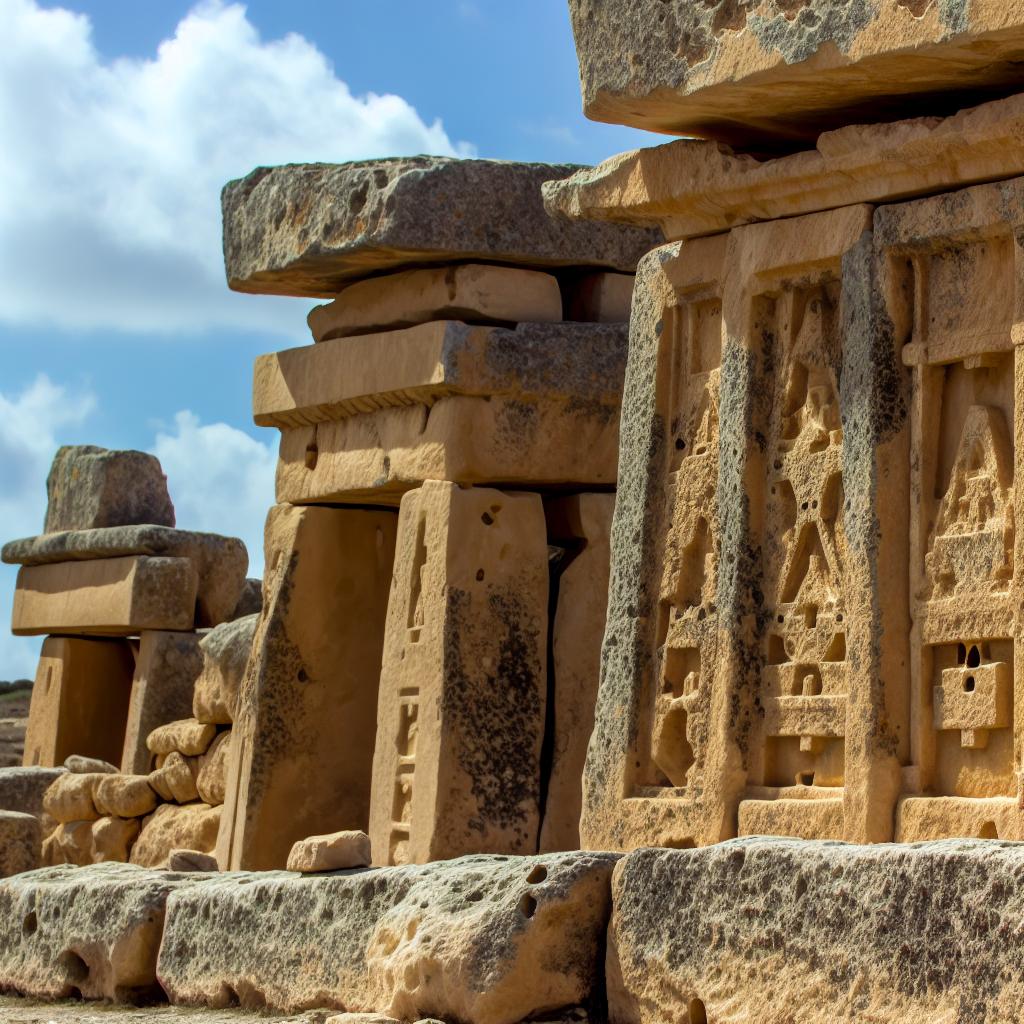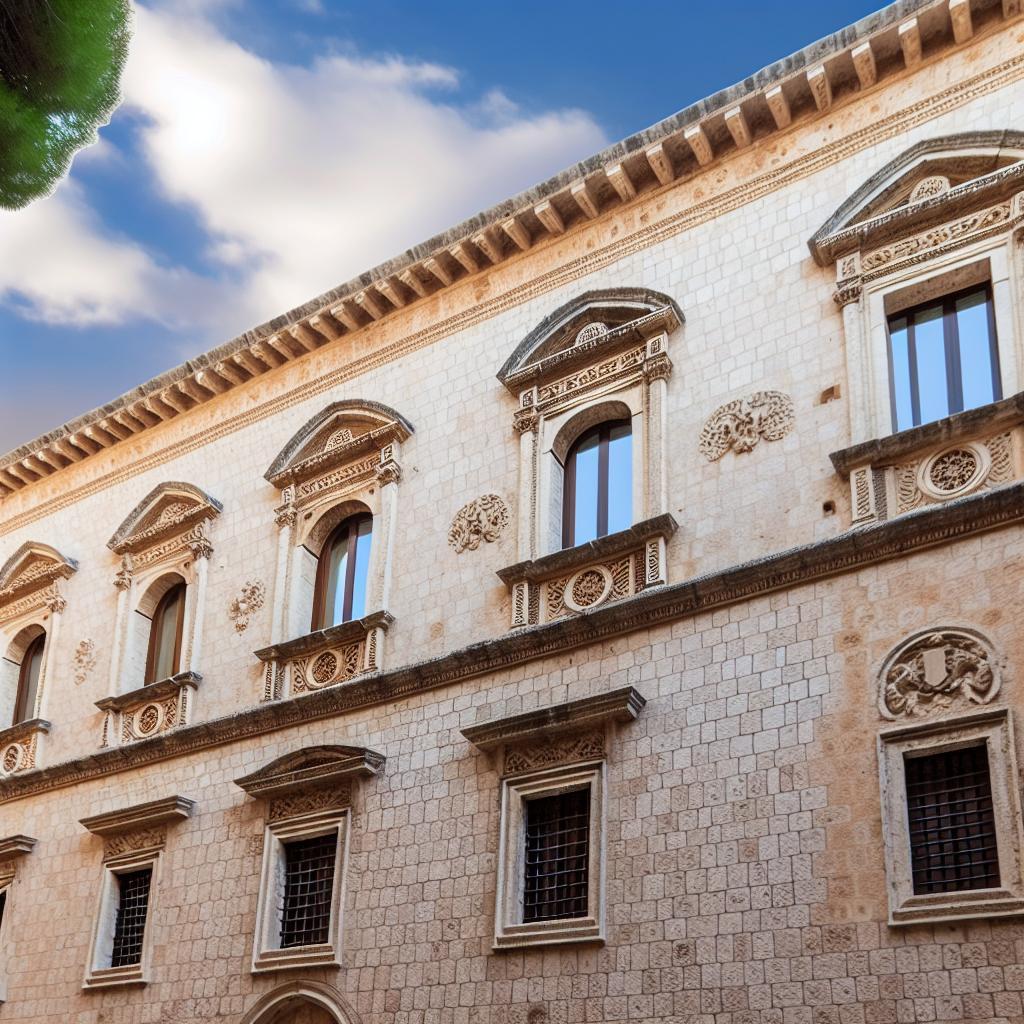Overview of Palazzo Falson Historic House Museum
Location and Historical Significance
The Palazzo Falson Historic House Museum is located in Mdina, the ancient capital of Malta. Positioned in the heart of this historical city, the museum offers a unique glimpse into Malta’s multifaceted history. This medieval building, dating back to the 13th century, is among the oldest structures still standing on the island, serving as a testament to Malta’s rich past. Known for its architectural grandeur and intricate design, Palazzo Falson stands as a gateway into the era when the island was under the influence of various civilizations and cultures, providing insights into the island’s eclectic historical fabric.
Mdina itself is often referred to as the “Silent City,” renowned for its timeless beauty and tranquil environment. The city has played a pivotal role in the island’s past, from antiquity through the medieval period. As such, Palazzo Falson, nestled within this storied location, amplifies the city’s historical and cultural significance. The building’s long-standing presence offers a narrative of resilience and adaptation through centuries of change, serving as a vital link to Malta’s eventual evolution into a vibrant and modern nation.
The Architecture
The architecture of Palazzo Falson is a distinguished example of medieval and Sicilian-Norman styles. These styles are characterized by specific architectural elements which contribute to its uniqueness and historical value. Central to the design is a charming courtyard surrounded by several rooms and halls, a feature that is indicative of the architecture from that period. This courtyard not only functions as a significant architectural element but also provides a functional space for social and domestic activities.
The exterior of the building is notable for the traditional Maltese wooden balconies that adorn its facade. These balconies are a classic feature in Maltese architecture, reflecting both the aesthetics and construction techniques of the time. The attention to detail in these structures showcases the craftsmanship and architectural ingenuity of the era, offering a window into historic construction methods. Inside, the diverse spatial configuration reflects the period’s lifestyle and domestic architecture, with rooms crafted to accommodate various functions and statuses.
Furthermore, the building’s materials and construction techniques were carefully chosen and employed to ensure the structure’s endurance against environmental conditions, which has facilitated its remarkable preservation over centuries. The selection of limestone for construction, a material locally sourced from Malta, not only defines the island’s architectural palette but also speaks to the economic and environmental adaptations of the time.
Collections and Exhibits
The museum is home to a diverse collection of over 3,000 artifacts, each holding historical significance that narrates different facets of Malta’s past. These artifacts encompass a variety of objects, including exquisite paintings and intricate silver objects, each providing insights into life on the island through the ages. The diversity of these artifacts reflects the vast cultural and historical tapestry of Malta, shaped by an array of different influences over the centuries.
One of the treasures within Palazzo Falson is its extensive library, which houses an impressive collection of antique books and manuscripts. Some of these texts date back hundreds of years, offering invaluable information and insights into historical knowledge and cultural exchanges. This library serves both as a repository of knowledge and a symbol of the intellectual pursuits of past inhabitants.
Visitors to the museum can expect to engage with a wide range of exhibits, each with its unique story and contribution to Malta’s heritage. The way these collections are displayed encourages exploration and discovery, enhancing the educational experience for individuals interested in Malta’s cultural and historical development.
Notable Features
Among the most intriguing aspects of Palazzo Falson is the ongoing commitment to preserving its authentic charm and historical integrity. The Great Hall is a prime example of this dedication to preservation. Retained as it was in the 19th century, the Great Hall provides a vivid snapshot of the lifestyle during that period, allowing visitors to step back in time and experience the aesthetic and functional aspects of historical domestic life.
The hall boasts an architecturally ornate fireplace, which serves not only as a focal point but also as testament to the intricate craftsmanship and artistic sensibilities of the time. Alongside, the carefully curated art collection further enriches the museum experience, showcasing works that reflect both the local and wider European artistic traditions that influenced Malta.
These features make Palazzo Falson a noteworthy institution for anyone interested in historical preservation and architectural restoration. The attention to detail in maintaining these historical features underscores the museum’s role as a custodian of Malta’s valuable heritage, striving to balance public access with the preservation of its delicate historical resources.
Visiting Information
Palazzo Falson Historic House Museum is open to the public, offering an enriching experience for all who visit. Guided tours are available, providing an in-depth understanding of the museum’s history, architecture, and collections. These tours are tailored to engage visitors by providing detailed narratives that paint a vivid picture of the historical and cultural significance housed within the walls of this medieval building.
For those planning a visit, more detailed information regarding the museum’s opening hours, special exhibitions, and admission fees can be accessed through its official website. This ensures that visitors can plan their trip effectively, making the most out of their visit to both Palazzo Falson and the surrounding historical city of Mdina.
Educational Programs and Events
The museum takes an active role in promoting cultural heritage through its robust educational programs and events. These programs are meticulously designed to cater to a variety of age groups, fostering engagement and understanding of Malta’s intriguing history. Interactive experiences are part of these educational initiatives, which aim to make learning about the past an engaging and memorable experience for visitors.
Events hosted by the museum provide additional opportunities for cultural engagement, often highlighting various aspects of Malta’s rich and diverse history. These initiatives contribute significantly to the community by offering platforms for dialogue, reflection, and learning, ensuring that the cultural heritage of Malta is both preserved and appreciated by present and future generations.
Accessibility
Palazzo Falson is committed to ensuring that its exhibits are accessible to all visitors. The museum endeavors to implement measures aimed at accommodating individuals with disabilities. This commitment extends to evaluating and improving physical access while maintaining the integrity of the historical architecture. However, visitors should be aware that certain areas of the museum might present accessibility challenges due to its historical design and structure.
Efforts are continually made to enhance accessibility, acknowledging the importance of making cultural heritage accessible to everyone. This approach reflects the museum’s broader commitment to inclusivity, ensuring that everyone has the opportunity to engage with and appreciate the historical richness of Palazzo Falson and its collections.
In summary, the Palazzo Falson Historic House Museum serves as a vital cultural institution, offering profound insights into Malta’s rich history and architectural legacy. Through its collections, restoration efforts, educational programs, and accessibility initiatives, the museum plays a crucial role in preserving and celebrating Malta’s heritage. Visitors are encouraged to immerse themselves not only in the offerings of the museum but also in the wider historical context of Mdina, the ancient city that surrounds it. This dual exploration affords a comprehensive understanding and appreciation of Malta’s historical narrative.


